The annual inflation rate will probably decrease in Q3 2023 in line with the latest medium-term forecast, from November 2022, but it will drop significantly more sharply afterwards, reaching the level of a single digit from Q3 of the current year, according to a press release from the National Bank of Romania (BNR), told Agerpres.
''According to current assessments, the annual inflation rate will probably decline in 2023 Q1 in line with the latest medium-term forecast (November 2022), but will fall at a significantly faster pace afterwards, to reach one-digit levels in 2023 Q3 already. This is due to the extension of energy price capping and compensation schemes until 31 March 2025, concurrently with the changes made to these schemes starting 1 January 2023. In the near run, the main drivers behind the decrease in the annual inflation dynamics will however be the disinflationary base effects associated with the sizeable hikes recorded previously by energy and fuel prices, as well as the relatively steeper downtrend of oil prices in recent months,'' the release reads.
According to BNR, the balance of supply-side risks to the new inflation outlook is in relative equilibrium, given the recent developments in key energy and agri-food commodity prices, as well as those in their major determinants.
The war in Ukraine and the related sanctions further generate, however, considerable uncertainties and risks to the outlook for economic activity, hence to medium-term inflation developments, through the possibly stronger effects exerted on consumer purchasing power and confidence, as well as on firms' activity, profits and investment plans, but also by potentially affecting more severely the European/global economy and the risk perception towards economies in the region, with an unfavourable impact on financing costs.
Furthermore, the absorption of EU funds, especially those under the Next Generation EU programme, is conditional on fulfilling strict milestones and targets for implementing the projects. However, it is essential for carrying out the necessary structural reforms, energy transition included, as well as for counterbalancing, at least in part, the contractionary impact of supply-side shocks, compounded by the war in Ukraine and by the tightening of economic and financial conditions worldwide.
BNR mentions that significant uncertainties and risks are, however, associated with the fiscal policy stance as well, given, on one hand, the public deficit target set for 2023 in order to continue budget consolidation amid the excessive deficit procedure and the hefty increase in financing cost and, on the other hand, the packages of support measures to be implemented or extended this year, in a still challenging economic and social environment domestically and globally, with potential adverse implications for budget parameters.
Also relevant are the ECB's and the Fed's prospective monetary policy stances, as well as the behaviour of central banks in the region.
In the meeting of January 10, 2023, based on the currently available data and assessments, as well as in light of the very elevated uncertainty, the BNR Board decided to increase the monetary policy rate to 7.00 percent per annum from 6.75 percent per annum as of 11 January 2023.
Moreover, it decided to raise the lending (Lombard) facility rate to 8.00 percent per annum from 7.75 percent per annum and the deposit facility rate to 6.00 percent per annum from 5.75 percent. Furthermore, the BNR Board decided to keep the existing levels of minimum reserve requirement ratios on both leu- and foreign currency-denominated liabilities of credit institutions.
The BNR Board decisions aim to anchor inflation expectations over the medium term, as well as to foster saving through higher bank rates, so as to bring the annual inflation rate back in line with the 2.5 percent ą1 percentage point flat target on a lasting basis, in a manner conducive to achieving sustainable economic growth. At the current juncture, the balanced macroeconomic policy mix and the implementation of structural reforms inter alia by using EU funds to foster the growth potential over the long term are of the essence in preserving a stable macroeconomic framework and strengthening the capacity of the Romanian economy to withstand adverse developments.
BNR informs that it closely monitors developments in the domestic and international environment and will continue to use the tools at its disposal to achieve the fundamental objective of price stability in the medium term.

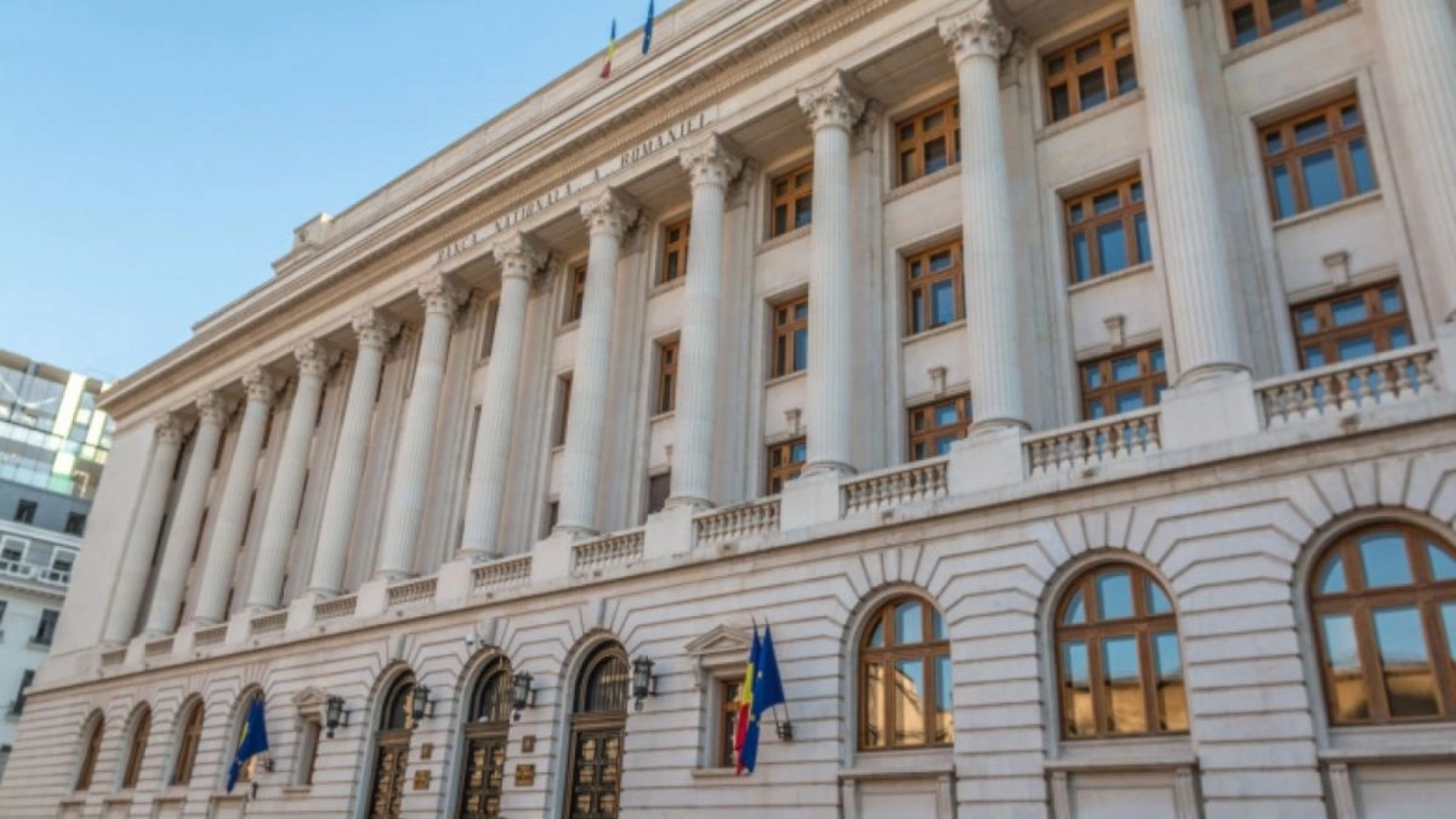




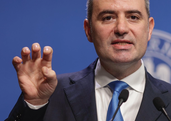



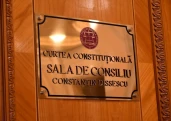



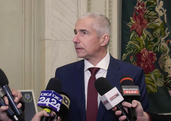

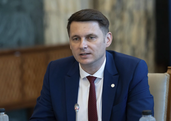















Comentează